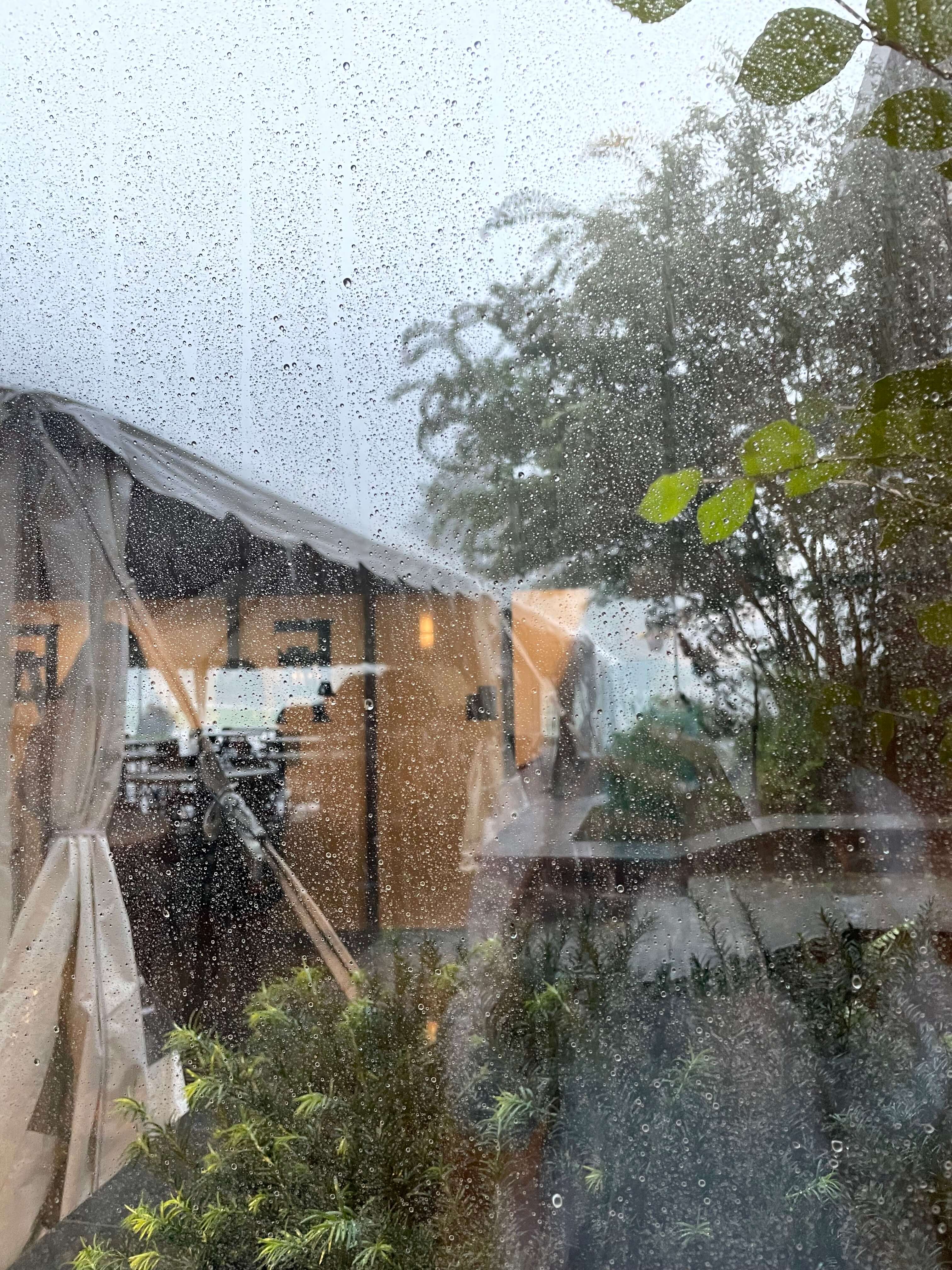Jenny Bui ‘23 | Maggie Lo ‘23
Hurricane Ida, a nine-day, stage-four hurricane that was named the second-most damaging and intensifying hurricane since Hurricane Katrina in 2005, made its debut on August 26th, 2021. It stemmed from a tropical wave in the Caribbean Sea on August 23rd at around 11 am.
On August 29th, the hurricane reached Louisiana and made landfall near Port Fourchon, according to World Vision. When it reached the coasts, the storm generated sustained winds of up to 150 mph, causing extreme damage. The storm continued to travel east, making its way to Pennsylvania, New Jersey, New York, Florida, and Connecticut.

Photo courtesy of Ashley Kennedy ‘22
Hurricane Ida is one of the many manifestations of the repercussions of climate change. The hurricane had initially traveled over the Gulf of Mexico, which caught on fire back in July and caused the water to be abnormally hot. Heat is energy, so the Gulf of Mexico became a source that fueled Hurricane Ida’s intensity, bringing it from an initial stage-one hurricane to a stage-four. This is not a foreign trend: the severity of all hurricanes and storms has increased dramatically as a result of climate change.
In the same week that Hurricane Ida was unfolding, on Tuesday, August 24th, Germany was stricken with a flash flood that destroyed main roads and took about 220 lives. A new study conducted by scientists from the World Weather Attribution project (WWA) showed that the possibilities of floods and extreme weather conditions were augmented because of human-caused climate change. Similar to Hurricane Ida, global warming and excessive heat invigorated the floods.
Many members of the EA community are talking about the severity of the climate crisis after witnessing the effect of the extreme weather events of the summer, especially Hurricane Ida. Izzy Rozes ‘24 comments, “Climate change is a huge issue, and I feel like people at EA don’t talk about it enough. At the same time, I think that Hurricane Ida was such a local issue that it made a lot of students realize the danger of the problems that the environment faces today.”
Jeffrey Rubel, US Science Teacher and teacher advisor of the Student Alliance for Sustainability (SAS), explains that there has been an increased number of students taking Environmental Science courses this year. He says, “We have three sections of AP Environmental Science running, one full section of Environmental Sustainability running, and we have two full sections of the Introductory course running. I think that this demonstrates that there is an environmental awareness among EA students and an interest in exploring these topics. I take that as a sign that the EA community and a decent portion of the student body is interested in and invested in addressing issues related to the climate crisis.”
In an effort to combat climate change, EA community members have made changes that they hope will make a significant impact this year. Rubel notes that the science curriculum is more focused on environment-related issues. He comments,“There is a lot of work and movement going on with Environmental Science at EA.”
He continues, “In light of the recent events, we must consider climate change’s role in altering how humans are interacting with the Earth. I have decided that it is important to teach climate change early in the Introduction to Earth and Environmental Science course and use it as a reference point to think about how humans relate with and interact with the natural world. I think the next thing is to really bring in the atmosphere because so much of how humans interact with the planet centers around fossil fuel emissions.”
The Student Alliance for Sustainability, previously known as the Save the Planet Club, has also developed environmental initiatives for the school year. SAS’s newly-created mission statement emphasizes that the group plans to create changes by “building awareness, engaging in activism, and undertaking tangible projects to enact change.”
Riley Thibodeau ‘23, Vice-President of SAS, explains, “The leadership team of the club has been forming plans with Mr. Rubel that we hope will address the different ways that EA could improve its impact on the environment. We are hoping to start with sustainability within the cafeteria, like eliminating or reducing plastic or food waste, and then continue from there.” After the first SAS meeting, Rubel also shares, “I was impressed by the attendance at the first [SAS] meeting, again affirming the strong interest of EA students in sustainability and environmentally-focused work.”